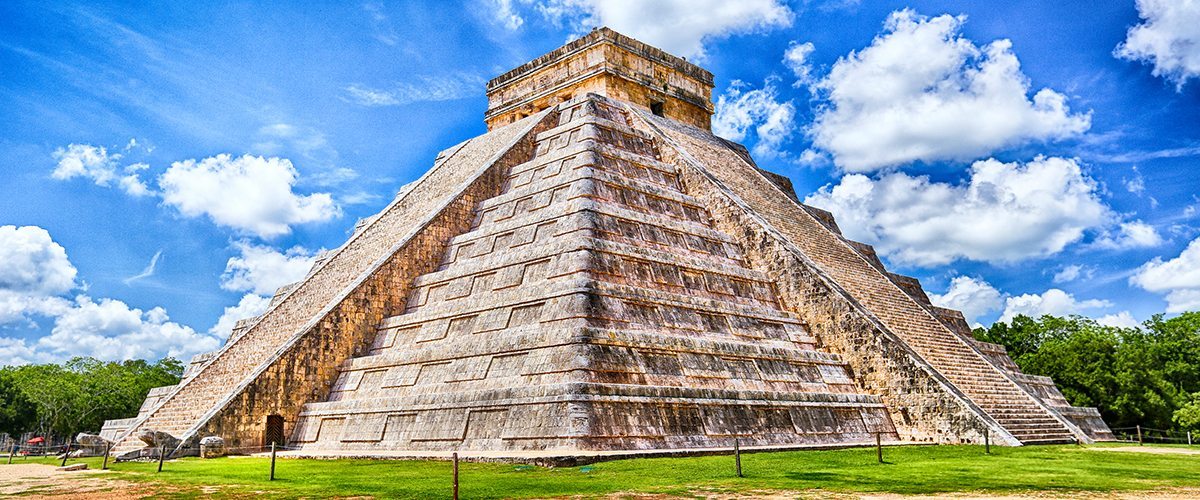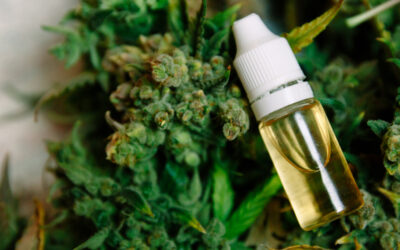After more than a year of allowing patients with prescriptions to import cannabidiol (CBD) hemp oil, Mexican lawmakers approved legislation that legalized the use of low-THC marijuana for medical purposes. While possession of a limited amount of cannabis has been decriminalized in Mexico, it is still illegal to use, possess, cultivate, transport and sell marijuana. Recent proposals from the nation’s president, however, indicate the country could be on the verge of further relaxing its laws.
Current Legislation
It is not legal to possess, sell, transport or cultivate cannabis in Mexico. However, on August 21, 2009, Mexico decriminalized “personal use” possession of small quantities of marijuana. Under the country’s health code, Mexican law allows for possess of up to 5 grams of marijuana, which is deemed to be intended for personal use. Individuals caught with cannabis amounts under the personal-use limit of 5 grams are encouraged to seek treatment. Treatment is mandatory for those who are caught a third time.
Penalties of possessing more than 5 grams and up to 5,000 grams of cannabis include 10 months to 3 years in prison and a fine. Anyone who supplies cannabis to another, even if the transaction is free and if the amount supplied falls within the allowed “personal use” amount, is subject to 4 to 8 years in prison and a fine.
In January 2016, the Mexican Government began hosting a series of national, public debates, scheduled to continue through February 2016, about whether or not marijuana should be legalized in the country. The public was able to share their own voice about marijuana policy reform opposite ’s condemnation of marijuana. In April 2016, President Enrique Peña Nieto, previously a strong opponent of marijuana legalization, proposed further relaxing marijuana laws by raising the amount of marijuana users can legally carry from 5 grams to 28 grams. With Mexico plagued by deadly drug cartel violence, President Peña Nieto believes his proposal would help curtail cartels by offering alternatives and opportunities to consumers. The Mexican Senate approved the bill in June 2016, but will have to vote again in September after legislators made edits to the bill.
Outside of the debates and President Peña Nieto bill, in a historic move, Mexico legalized all non-psychotropic cannabinoids, including cannabidiol (CBD), for medical use. To be clear, this excludes THC, the psychoactive cannabinoid in marijuana that gets you high. Families within Mexico can now import CBD hemp oil into the country with a valid doctor prescription and permit from COFEPRIS.
Mexican law still prohibits the cultivation of industrial hemp. However, hemp can be imported and is used to make a variety of products.
Medical Marijuana Laws
The Mexican Congress overwhelmingly passed legislation on April 28, 2017 that legalized the use of marijuana for medical purposes. The new law makes it legal to buy, sell, import and export cannabis products containing concentrations of 1 percent THC or less.
Prior to the passing of the medical marijuana law, the Mexican government was allowing patients with a prescription to legally import and use cannabidiol (CBD) hemp oil. The government first gave permission for an 8 year old girl, Grace Elizalde, with Lennox-Gastaut syndrome, a severe form of epilepsy, to legally import and use CBD hemp oil in September 2015. After the Elizalde family were allowed to import CBD hemp oil, they set up the Por Grace Por Todos Foundation (For Grace, For Everybody) to give other families facing similar situations in Mexico a platform to fight for their rights as well.
On February 1, 2016, the Mexican equivalent of the FDA, COFEPRIS, issued two additional authorization permits for the import of CBD hemp oil products into the country. Both permits went to two young girls, Alina and Maria Paula, suffering from epilepsy to import Real Scientific Hemp Oil-X™ (RSHO-X™).
In authorizing these two permits, COFEPRIS also announced that they would allow other people and families in Mexico to import RSHO-X™ with a written prescription from their doctor and permit from COFEPRIS. In this way, almost any health indication is allowable wherein a doctor deems CBD hemp oil as a viable option for treatment.
References:
An 8-Year-Old Girl Just Became Mexico’s First Medical Marijuana Patient. (2015, September 10). Vice News. Retrieved from https://news.vice.com/article/an-8-year-old-girl-just-became-mexicos-first-medical-marijuana-patient.
Landmark Case in Mexico’s Supreme Court Could Pave the Way for Marijuana Legalization (2015, October 27). Huffington Post. Retrieved from http://www.huffingtonpost.com/hannah-hetzer/mexico-marijuana-legalization_b_8399712.html.
Mexico. (n.d.). Drug Law Reform in Latin America. Retrieved from http://druglawreform.info/country-information/mexico/item/205-mexico#2.
Mexico easing up on marijuana laws. (2016, April 20). CNN. Retrieved from http://www.cnn.com/2016/04/19/americas/mexico-marijuana-laws/.
Mexico Legalized Drug Possession. (2009, August 21). The New York Times. Retrieved from http://www.nytimes.com/2009/08/21/world/americas/21mexico.html?_r=0.






